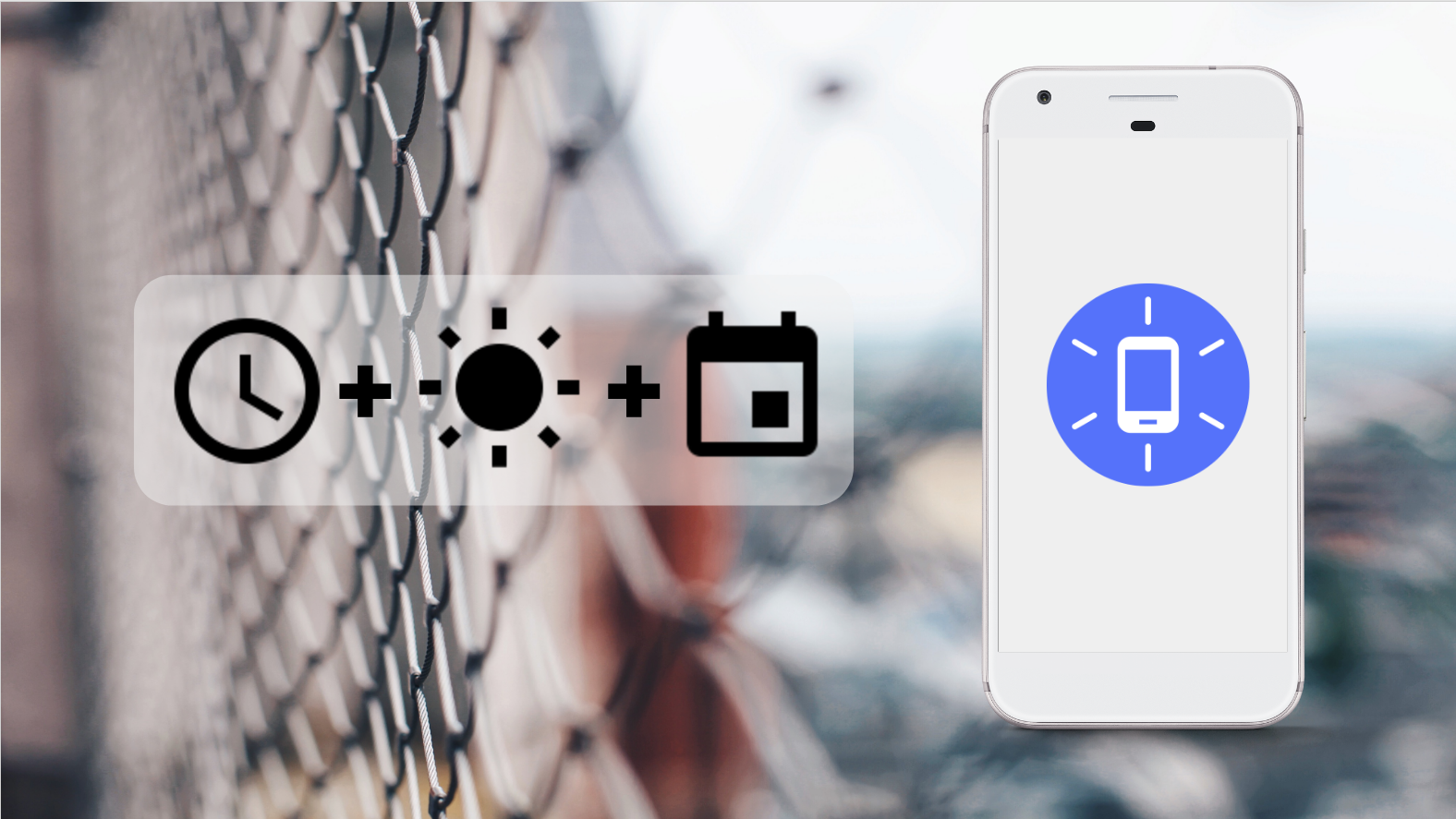Android Things Hackster Community

Posted by Dave Smith , Developer Advocate for IoT Android Things makes building connected embedded devices easy by providing the same Android development tools, best-in-class Android framework, and Google APIs that make developers successful on mobile. Since the initial preview launch back in December, the community has turned some amazing ideas into exciting prototypes using the platform. To empower these makers and developers using Android Things to share and learn from each other, we have partnered with href="https://hackster.io">Hackster.io to create a community where aspiring IoT developers can go to showcase their projects and get inspired by the work of others. Hackster.io is a community of 200,000 engineers and developers dedicated to building internet-connected hardware projects. They also seek to educate and challenge members through live workshops and design contests. We are eager to see the projects that you come up with. More importantly, we're excited to







